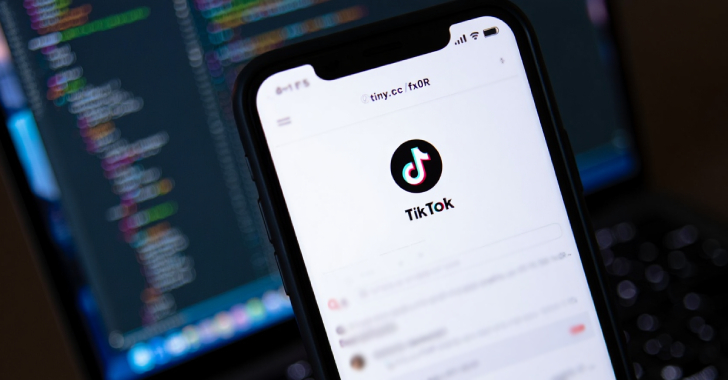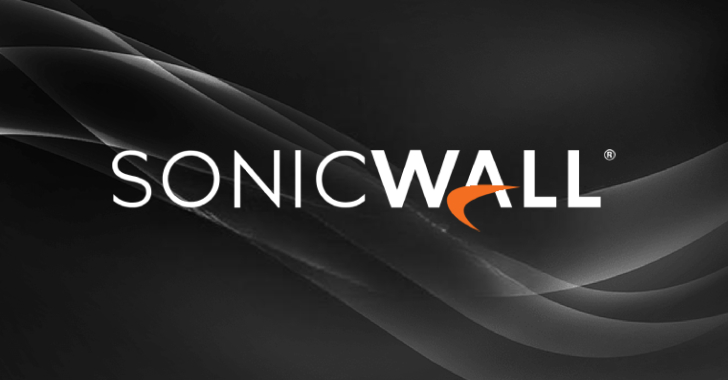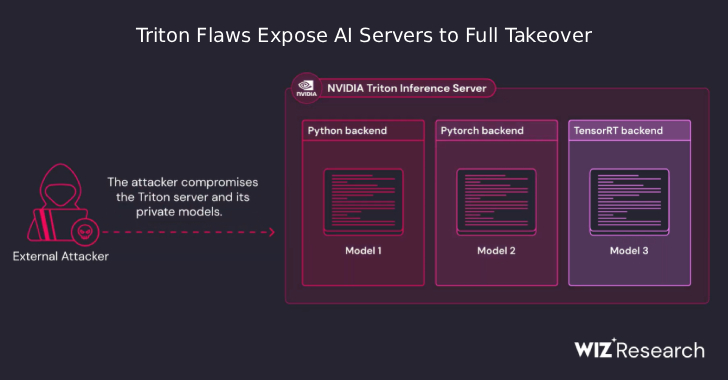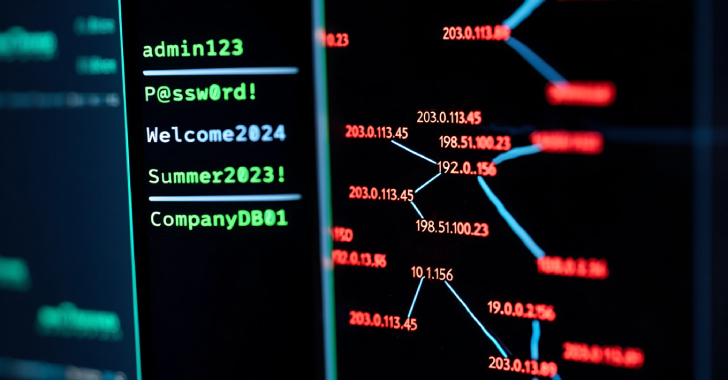
Trust in the Digital Age: The Ins and Outs of SOC 2 Compliance
In an era where data breaches and cybersecurity threats are increasingly prevalent, trust has become a precious commodity in the digital world. Whether you’re entrusting your financial information to an online banking platform, sharing sensitive personal data with a healthcare provider, or storing confidential business data in the cloud, ensuring the security and privacy of your information is paramount. This is where SOC 2 compliance steps in as a beacon of trustworthiness in the digital age.
What is SOC 2 Compliance?
SOC 2, which stands for Service Organization Control 2, is a set of standards developed by the American Institute of Certified Public Accountants (AICPA) to assess and regulate the security, availability, processing integrity, confidentiality, and privacy of customer data held by service organizations. In simpler terms, it’s a framework that helps organizations prove their commitment to safeguarding sensitive information.
The Four Trust Service Principles
SOC 2 compliance revolves around four core trust service principles (TSPs) that serve as the foundation for evaluating an organization’s controls:
- Security: This principle addresses the protection of information against unauthorized access and data breaches. It encompasses measures such as access controls, encryption, and security policies.
- Availability: Availability focuses on ensuring that systems and services are consistently accessible and operational. This includes disaster recovery plans and downtime management.
- Processing Integrity: This principle evaluates the accuracy, completeness, and timeliness of data processing. It aims to prevent data manipulation and errors.
- Confidentiality: Confidentiality pertains to the protection of sensitive information from unauthorized disclosure. It involves measures like data encryption and access restrictions.
- Privacy: Although not a core trust service principle, privacy is sometimes included in SOC 2 audits. It assesses how well organizations handle and protect personal information in compliance with relevant privacy laws and regulations.
Why is SOC 2 Compliance Important?
- Enhances Trust: SOC 2 compliance demonstrates a commitment to data security and privacy. This helps organizations build trust with customers, partners, and stakeholders, reassuring them that their data is in safe hands.
- Competitive Advantage: In an increasingly competitive business landscape, SOC 2 compliance can set you apart. Many businesses now require their vendors and partners to be SOC 2 compliant, making it a valuable credential.
- Legal and Regulatory Compliance: SOC 2 aligns with various data protection laws and regulations, such as GDPR and HIPAA. Compliance can help organizations avoid legal troubles and hefty fines.
- Risk Mitigation: By implementing robust controls and security measures, SOC 2 compliance reduces the risk of data breaches and their associated costs, including reputation damage.
The SOC 2 Compliance Process
Achieving SOC 2 compliance involves a series of steps and assessments, and it’s not a one-size-fits-all process. Here’s an overview of the typical journey:
- Scope Definition: The first step is to define the scope of the audit. This entails determining which systems, services, and processes are within the audit’s scope.
- Risk Assessment: Organizations must identify and assess potential risks to data security and privacy. This includes evaluating vulnerabilities, threats, and the potential impact of a breach.
- Control Implementation: Based on the risk assessment, organizations should implement controls to mitigate identified risks. This may involve enhancing security measures, updating policies, and establishing monitoring systems.
- Documentation: Detailed documentation of processes, controls, and policies is crucial. Auditors will need this information to evaluate compliance.
- Pre-audit Readiness Assessment: Before the official audit, organizations often conduct a readiness assessment to identify and rectify any compliance gaps.
- Auditor Selection: Organizations must engage a qualified third-party auditor to conduct the SOC 2 examination. The auditor will assess controls, review documentation, and interview personnel.
- Audit Procedures: The audit involves testing controls and verifying compliance with the chosen trust service principles. Auditors may review logs, inspect security measures, and interview employees.
- Report Generation: After the audit, the auditor issues a SOC 2 report, which can be either a Type I or Type II report. Type I reports describe controls in place at a specific point in time, while Type II reports cover a longer period and assess the effectiveness of controls over time.
- Ongoing Monitoring: SOC 2 compliance is not a one-and-done process. Organizations must continually monitor and update their controls to adapt to evolving threats and vulnerabilities.
SOC 2 vs. Other Compliance Standards
While SOC 2 is essential for service organizations, there are other compliance standards that may be applicable depending on the industry and specific needs. Here’s a brief comparison:
- SOC 2 vs. SOC 1: SOC 1 is designed for organizations whose services impact the financial reporting of their clients. It focuses on financial controls, while SOC 2 emphasizes security, availability, processing integrity, confidentiality, and privacy.
- SOC 2 vs. ISO 27001: ISO 27001 is a broader information security management standard, while SOC 2 is more specific to service organizations. ISO 27001 can serve as a foundation for SOC 2 compliance.
- SOC 2 vs. HIPAA/HITECH: HIPAA/HITECH are regulations specific to healthcare organizations, focusing on patient data protection. While SOC 2 can be aligned with HIPAA/HITECH, healthcare providers often need to comply with both.
Challenges and Considerations
Achieving and maintaining SOC 2 compliance is not without its challenges. Here are some common considerations:
- Cost: The cost of implementing and maintaining the necessary controls and processes for SOC 2 compliance can be substantial. This includes the cost of audits, technology upgrades, and staff training.
- Complexity: The SOC 2 compliance process can be complex, requiring significant time and effort. It’s essential to have knowledgeable personnel who understand the requirements.
- Scope Creep: Determining the appropriate scope for the audit can be challenging. Organizations must strike a balance between including all relevant systems and services and keeping the audit manageable.
- Continuous Improvement: Maintaining SOC 2 compliance is an ongoing effort. As threats evolve and technologies change, organizations must continually adapt their controls to stay compliant.
Conclusion
In the digital age, trust is paramount, and SOC 2 compliance serves as a crucial tool for organizations to earn that trust. By adhering to the core trust service principles of security, availability, processing integrity, confidentiality, and privacy, businesses can demonstrate their commitment to safeguarding sensitive data. Achieving SOC 2 compliance requires dedication, resources, and ongoing effort, but the benefits in terms of trust, competitive advantage, and risk mitigation are well worth the investment. As the digital landscape continues to evolve, SOC 2 compliance will remain a cornerstone of trust in the digital age.
Contact Cyber Defense Advisors to learn more about our SOC 2 Compliance solutions.





